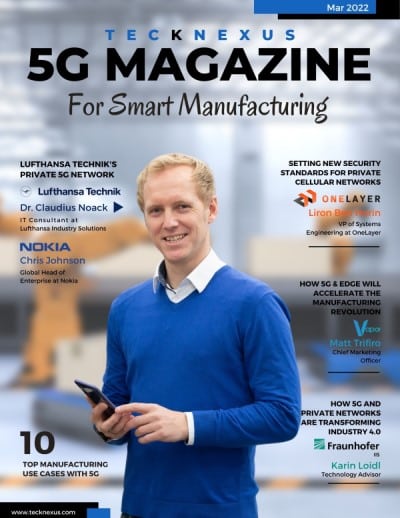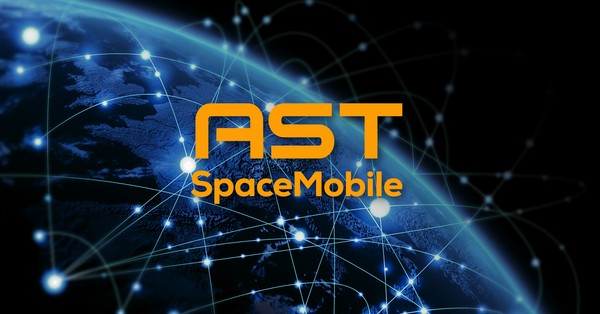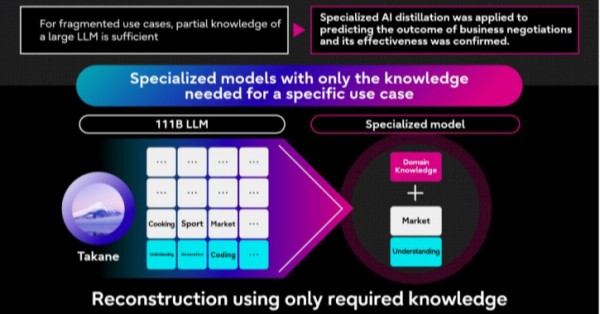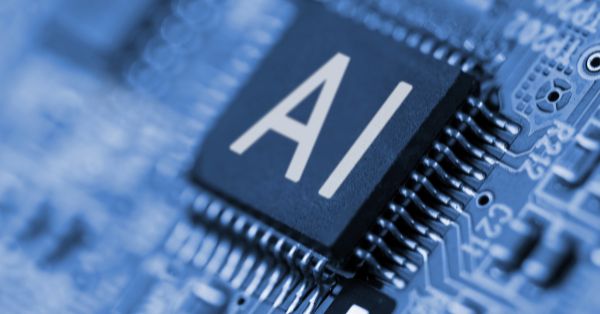Jio 5G hits mass scale in India
Reliance Jio’s latest quarter shows 5G scaling from early adoption to mainstream, with financials and usage metrics moving in the right direction.
5G scale, usage, and revenue metrics
Jio closed the quarter ended 30 September with 234 million 5G users, up 86 million year-on-year and now approaching half of its 506.4 million total mobile base. That penetration put…
Home » Financials
Financials
Executive Interviews
Essential insights and practical tools for navigating private networks. Get Details.
Available on Amazon & Google Books
Subscribe To Our Newsletter
- Tech News & Insight
- October 20, 2025
- Hema Kadia
Jio closed the quarter ended 30 September with 234 million 5G users, up 86 million year-on-year and now approaching half of its 506.4 million total mobile base. Financial momentum tracked the subscriber and traffic surge. Jio Platforms posted quarterly revenue of INR 426.5 billion, up 14.9% year-on-year, and net profit
- Tech News & Insight
- October 12, 2025
- Hema Kadia
Verizon and AST SpaceMobile have advanced their partnership into a definitive commercial agreement to deliver space-based cellular coverage in the United States starting in 2026. The agreement enables Verizon subscribers to connect “when needed” to AST SpaceMobile’s low Earth orbit (LEO) satellites using standard, unmodified phones. AST says service will
- Tech News & Insight
- October 5, 2025
- Hema Kadia
OpenAI has acquired Roi, a New York–based personal finance startup founded in 2022 that built an AI companion to aggregate and advise on a user’s full financial footprint across stocks, crypto, DeFi, real estate, and NFTs. The move extends a year of acqui-hires at OpenAI, following Context.ai, Crossing Minds, and
- Tech News & Insight
- September 8, 2025
- Hema Kadia
Fujitsu’s latest generative AI breakthrough compresses large language models by 94% using 1-bit quantization, tripling inference speed and retaining 89% accuracy. Combined with brain-inspired knowledge distillation, these enhancements power high-speed, low-cost AI for CRM, image recognition, and edge deployments, all while reducing energy demands.
- Tech News & Insight
- November 2, 2025
- Hema Kadia
Enterprises adopting private 5G, LTE, or CBRS networks need more than encryption to stay secure. This article explains the 4 pillars of private network security: core controls, device visibility, real-time threat detection, and orchestration. Learn how to protect SIM and device identities, isolate traffic, secure OT and IoT, and choose
- Tech News & Insight
- May 29, 2025
- Hema Kadia
NVIDIA and AMD will launch AI chips in China by July 2025, including the B20 and Radeon AI PRO R9700, tailored to comply with U.S. export rules. With performance capped under regulatory thresholds, these GPUs aim to support China’s enterprise AI needs without violating tech trade restrictions. NVIDIA is also
- Tech News & Insight
- May 12, 2025
- Hema Kadia
OpenAI’s Stargate project—a $500B plan to build global AI infrastructure—is facing delays in the U.S. due to rising tariffs and economic uncertainty. While the first phase in Texas slows, OpenAI is shifting focus internationally with “OpenAI for Countries,” a new initiative to co-build sovereign AI data centers worldwide. Backed by
- Tech News & Insight
- May 8, 2025
- Hema Kadia
Dirty data in data centers undermines everything from AI accuracy to energy efficiency. With poor metadata, data drift, and dark data hoarding driving up costs and emissions, organizations must adopt DataOps, metadata tools, and a strong data culture to reverse the trend. Learn how clean data fuels smarter automation, compliance,
- Tech News & Insight
- April 28, 2025
- News Feed
There's immense pressure for companies in every industry to adopt AI, but not everyone has the in-house expertise, tools, or resources to understand where and how to deploy AI responsibly. Bloomberg hopes this taxonomy – when combined with red teaming and guardrail systems – helps to responsibly enable the financial
- Tech News & Insight
- April 15, 2025
- Hema Kadia
NVIDIA has launched a major U.S. manufacturing expansion for its next-gen AI infrastructure. Blackwell chips will now be produced at TSMC’s Arizona facilities, with AI supercomputers assembled in Texas by Foxconn and Wistron. Backed by partners like Amkor and SPIL, NVIDIA is localizing its AI supply chain from silicon to
TeckNexus Newsletters
I acknowledge and agree to receive TeckNexus communications in line with the T&C and privacy policy.
Whitepaper
Private cellular networks are transforming industrial operations, but securing private 5G, LTE, and CBRS infrastructure requires more than legacy IT/OT tools. This whitepaper by TeckNexus and sponsored by OneLayer outlines a 4-pillar framework to protect critical systems, offering clear guidance for evaluating security vendors, deploying zero trust, and integrating IT,...

Whitepaper
Telecom networks are facing unprecedented complexity with 5G, IoT, and cloud services. Traditional service assurance methods are becoming obsolete, making AI-driven, real-time analytics essential for competitive advantage. This independent industry whitepaper explores how DPUs, GPUs, and Generative AI (GenAI) are enabling predictive automation, reducing operational costs, and improving service quality....

Whitepaper
Explore how Generative AI is transforming telecom infrastructure by solving critical industry challenges like massive data management, network optimization, and personalized customer experiences. This whitepaper offers in-depth insights into AI and Gen AI's role in boosting operational efficiency while ensuring security and regulatory compliance. Telecom operators can harness these AI-driven...

Check Private Network Readiness
Industry Vertical Specific Deep-Dive Assessment

Manufacturing
$750
250 questions based assessment and insights
$750
Utilities
$500
65+ questions based assessment and insights
$500
Mining
$500
160 questions based assessment and insights
$500
Aviation
Coming Soon
75+ questions based assessment and insights
Coming Soon
Ports
Coming Soon
75+ questions based assessment and insights
Coming Soon* Prices does not include tax
Brand Connect
Amplify Your Brand & Boost Your Business
- Thought-Leadership Management
- Magazine Article
- Executive Interviews
- Whitepapers
- Research Reports
- Custom Research
- Blog Series
- Webinars
- Podcasts
- Advertorials
- Display Ads
- Event Partnership

































